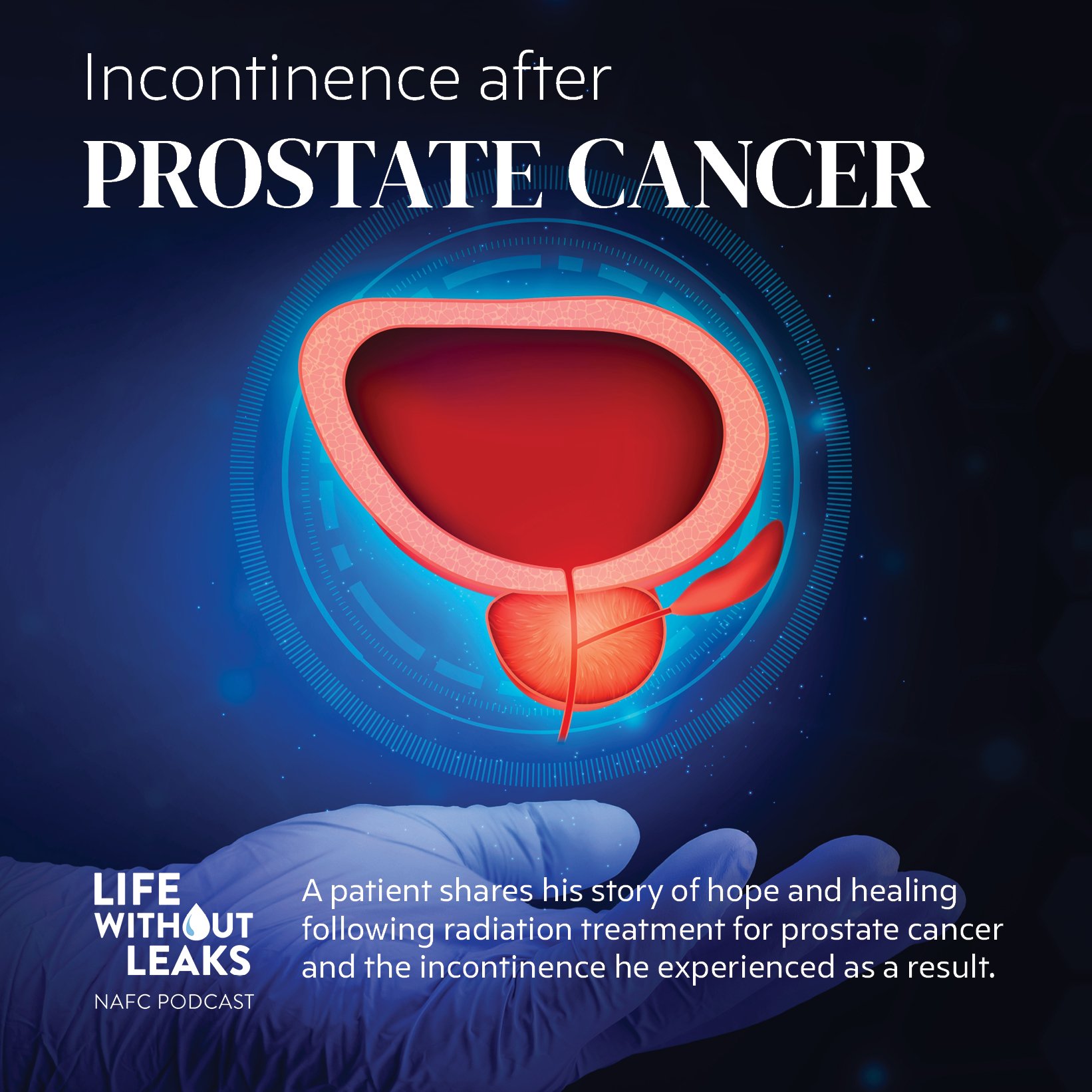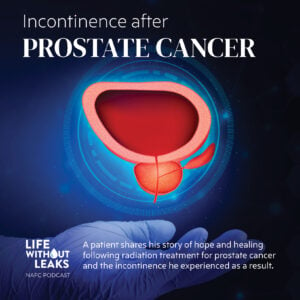Multiple Sclerosis (MS) is the most common autoimmune disease presently affecting approximately 2 million people worldwide.
MS is a disease of the central nervous system. The central nervous system is the hub for the autonomic nervous system and the somatic nervous system. These systems regulate many parts of your body’s mechanics. Most notably: blood pressure, heart rate, bowel activity, sexual arousal, skin sensation, and muscle control.
In patients with MS the immune system attacks the material that insulates nerve fibers. Without insulation the nerves of the central nervous system cannot communicate with the rest of the body. This faulty communication between the brain and spinal cord often results in muscle weakness, abnormal sensation, psychiatric problems, and difficulty regulating breathing, blood pressure, and temperature. Loss of bladder or bowel control can be a result of muscle weakness; almost half of MS patients report bladder and or bowel complaints as the first symptoms of multiple sclerosis.
Sixty-eight percent of individuals with MS experience symptoms of one or more Pelvic Floor Disorders (PFD). PDFs are a loss or lack of bladder or bowel control and can include urinary incontinence, urinary frequency and urgency, bowel incontinence, sexual dysfunction, pelvic organ prolapse, and pelvic pain related to a “spastic” pelvic floor.
Among MS patients with PFDs the most common diagnosis are overactive bladder (69%), voiding problems (41%), Sexual dysfunction (42%), and fecal incontinence (30%). These symptoms represent major detriments to quality of life.
The good news is that patients with MS can benefit from the same behavior modifications as anyone else with a pelvic floor disorder. Pelvic floor neuromuscular rehabilitation, often referred to as “pelvic floor therapy”, is a behavior modification practice of retraining the pelvic floor muscles using techniques like pelvic floor muscle training, biofeedback therapy and electrical stimulation.
Modern methods of pelvic floor rehabilitation such as The Pfilates Method™ and The VESy Lab™ utilize movement taken from Pilates and Yoga to provide greater pelvic floor response. The key to success with pelvic floor rehabilitation is establishing a practice that continues for a lifetime. Working with a specially trained Physical Therapist provides excellent results and should be considered an element of any care plan for MS patients with bothersome pelvic floor symptoms.
[i] Int J MS Care. 2014 Spring;16(1):20-5. doi: 10.7224/1537-2073.2012-052.
 Dr. Bruce Crawford is Dr. Bruce Crawford is a Board Certified Urogynecologist and the creator of the PfilatesTM program of pelvic floor rehabilitation. He has personally trained over 1,500 physical therapists and fitness professionals in North America, Asia, and the UK. Dr. Crawford also originated the VESy LabTM Method of optimizing pelvic floor fitness training.
Dr. Bruce Crawford is Dr. Bruce Crawford is a Board Certified Urogynecologist and the creator of the PfilatesTM program of pelvic floor rehabilitation. He has personally trained over 1,500 physical therapists and fitness professionals in North America, Asia, and the UK. Dr. Crawford also originated the VESy LabTM Method of optimizing pelvic floor fitness training.





